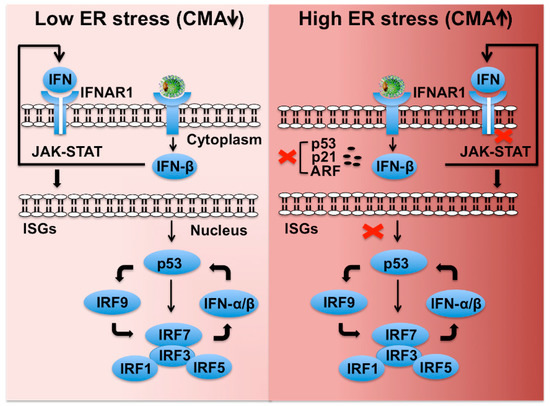
Based on our results, we suggest that PREP might function as a core network node in MA-CMA crosstalk, and PREP inhibition can reduce α-syn levels via both main autophagy systems.Ĭhaperone-mediated autophagy Macroautophagy Neurodegeneration Parkinson’s disease Prolyl oligopeptidase inhibition α-synuclein.Ĭopyright © 2021 The Author(s). Additionally, KYP-2047 induced CMA effectively also when MA was blocked by bafilomycin A1. When LAMP-2A was silenced by a siRNA, KYP-2047 increased the LC3BII/LC3BI ratio and accelerated the clearance of α-syn. Similarly, KYP-2047 increased the LAMP-2A immunoreactivity and reduced the Hsc70 levels in mouse primary cortical neurons. Both 1 & 10 µM KYP-2047 increased LAMP-2A levels, induced α-syn degradation and reduced the expression of Hsc70, suggesting that the PREP inhibitor prevented α-syn aggregation by activating the CMA pathway. HEK-293 cells were transfected with α-syn and incubated with 1 & 10 µM KYP-2047 for 24 h. In the present study, we tested the effects of PREP inhibition or deletion on CMA activation and α-syn degradation. However, α-syn is also degraded by chaperone-mediated autophagy (CMA). Autophagy-lysosome proteolysis is involved in protein quality control and classified into macroautophagy (MA), microautophagy (mA) and chaperone-mediated autophagy (CMA), by the routes of substrate delivery to lysosomes. Our previous studies have revealed that a small-molecular inhibitor for prolyl oligopeptidase (PREP), KYP-2047, increases α-syn degradation by accelerating macroautophagy (MA) leading to disease-modifying effects in preclinical PD models. Current PD treatments only provide symptomatic relief, and α-syn serves as a promising target to develop a disease-modifying therapy for PD.

Several preclinical studies have shown α-syn aggregation, and particularly the intermediates formed during the aggregation process to be toxic to cells. The accumulation of aggregated α-synuclein (α-syn) has been identified as the primary component of Lewy bodies that are the pathological hallmarks of Parkinson's disease (PD).


 0 kommentar(er)
0 kommentar(er)
